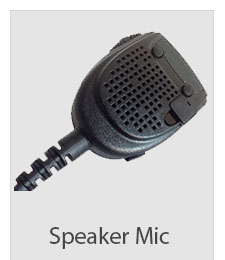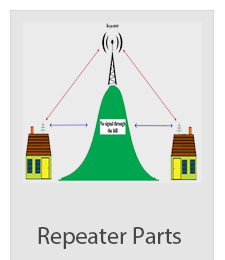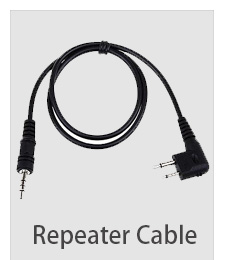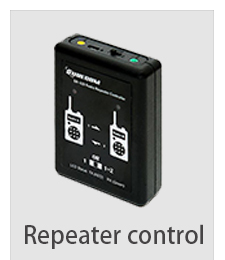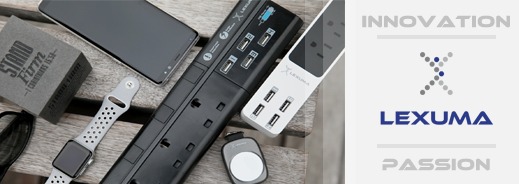Using Walkie-talkies in Hong Kong
Portable radios are commonly known as walkie-talkies in Hong Kong. They are particularly useful for continuous communication among a group of people, such as a team of hikers or a camera crew, etc.
Types of Walkie-talkies
There are two types of walkie-talkies for public use locally - the 409MHz portable radio, and the 27 MHz Citizens Band Radio ("CB Radio"). To use any one of these walkie-talkies for voice communication, you do not need to apply for a licence.
409 MHz Portable Radios
409 MHz portable radios are short-range, two-way walkie-talkies, allowing a total of 20 channels for public use.
CB Radios
CB Radios offer 40 channels for public use. They also provide a longer communication range than 409 MHz portable radios.
Users' Obligations under the Law
To facilitate the public use of walkie-talkies, since 2003, those using 409 MHz portable radios have been exempt from holding a licence.
Under the Class Licence system implemented for CB Radios, users are not required to register with the Communications Authority (CA), and no licence fee is required. They are bound by law to be Class Licence holders and are required to comply with the terms and conditions of the Class Licence which aim to protect public interests.
One major condition of the Class Licence for CB Radios requires users NOT to transmit radio signals at any indoor location. This means that users of CB Radios must NOT talk via radio inside their homes. This avoids causing interference to other legitimate telecommunications systems. Under the Telecommunications Ordinance, any licensee who fails to comply with this condition may be subject to a maximum penalty of HK$200,000.
Look for the CA Label when Buying Walkie-talkies
Equipment suppliers are encouraged to voluntarily affix a prescribed label to their products which have been type-approved by CA. To be certain that the walkie-talkies you have purchased meets the specified technical standards and is authorised for use in Hong Kong, always look for the CA Label as shown in figure 1a. Telecommunications equipment available in the market before the establishment of the CA on 1 April 2012 may have been affixed with previously prescribed labels (which are also valid) as shown in figure 1b. For details, please refer to the HKCA 3211 "Standardisation Guide for Labelling of Telecommunications Equipment" document available on the website of the Office of the Communications Authority (OFCA).
Figure 1a: The prescribed label commencing 1 April 2012
Figure 1b: The prescribed label before 1 April 2012
Channel 9 - the Emergency Channel for Walkie-talkies
Under the Class Licence for CB Radios and in line with common practices overseas, CA encourages users to use Channel 9 for emergency communications only. CB Radio users are also encouraged to join forces with other voluntary groups and organisations to monitor Channel 9 from time to time and offer whatever assistance they can during emergencies. Similarly, 409 MHz portable radio users should use Channel 9 for emergency communications only.
In general, the communication range of a walkie-talkie is limited and can be affected by a number of environmental factors, including terrain. Therefore, you should NOT rely solely on walkie-talkies for emergency communications.
Tips for Using Walkie-talkies in Country Parks
When using walkie-talkies in a country park, always make use of the "dual-watch" function. This allows you to stay tuned in two channels, i.e. Channel 9 for emergency use, and the particular channel you and your teammates are using for exclusive communications.
Always use new batteries and make sure that rechargeable batteries in your walkie-talkies are fully powered before setting out for a hike.
Remember to disable the "tone squelch" of your walkie-talkies, so that emergency calls to and from other hikers can be made or received.
Etiquette for Using Walkie-talkies
Give priority to emergency communications messages on any walkie-talkie channel.
Never use indecent, obscene, threatening or offensive language.
Do not interrupt the communication of other users.
Always speak clearly and keep your messages short.
If a long message is unavoidable, pause in between to allow other users to deliver urgent messages.
|







